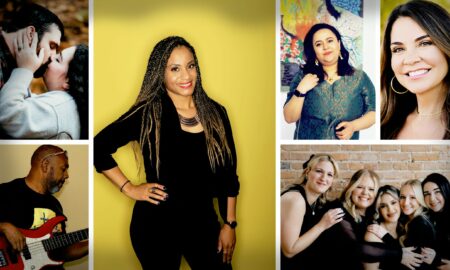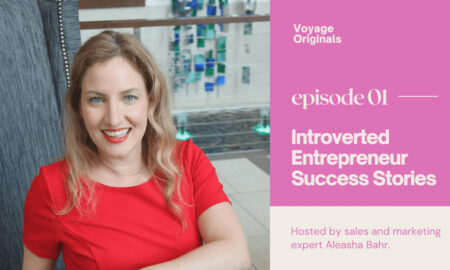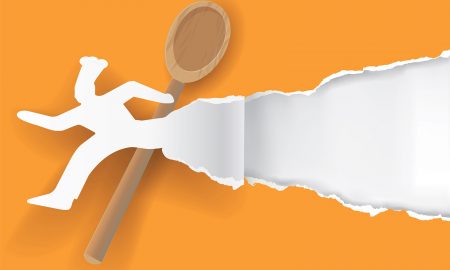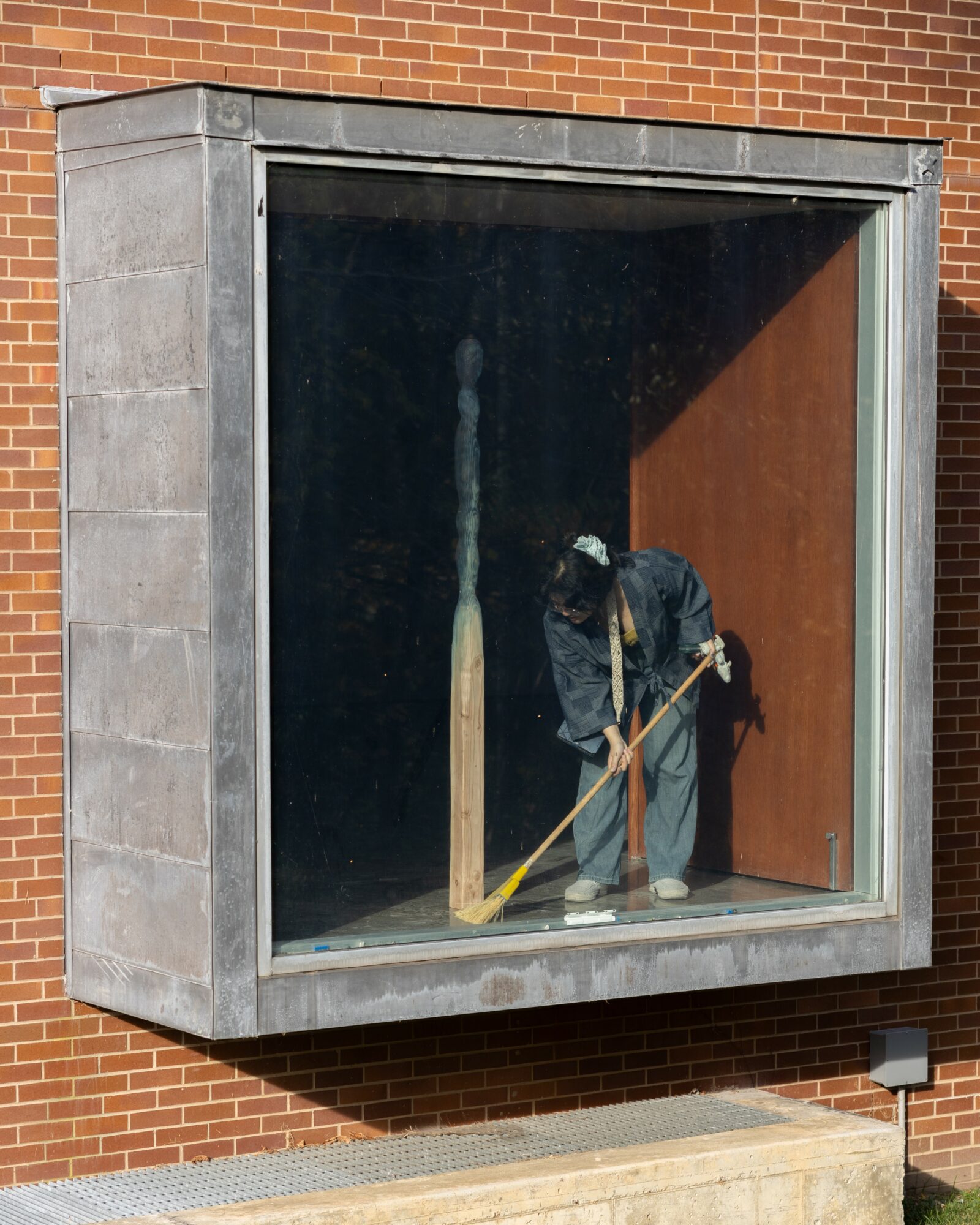

Today we’d like to introduce you to Yanqing Pan
Alright, so thank you so much for sharing your story and insight with our readers. To kick things off, can you tell us a bit about how you got started?
My artistic journey is rooted in an exploration of materiality, time, and language. Growing up in Beijing, I was drawn to the city’s constant transformation, which shaped my interest in impermanence. Initially studying illustration at MICA, I later transferred to SAIC to focus on fibers and sculpture, questioning the limitations of language and embracing material as a mode of expression. I am currently study in sculpture department at Cranbrook.
I work with organic, time-sensitive materials, exploring cycles of growth, decay, and renewal. My recent works, including a wooden sculpture dyed with indigo and a book project on enclosure and cyclical movement, reflect my ongoing inquiry into presence, absence, and transformation.
My practice seeks to capture the unspeakable dimensions of experience through material and process.
Alright, so let’s dig a little deeper into the story – has it been an easy path overall and if not, what were the challenges you’ve had to overcome?
It’s been a journey of constant questioning and adaptation. One of my biggest challenges was redefining my relationship with language. Initially trained in illustration, I struggled with the limitations of words in conveying experience, which led me to explore visual and material language instead. The transition wasn’t easy, as it required unlearning familiar ways of expression and embracing ambiguity.
Working with organic and time-sensitive materials also presents challenges—unpredictability, decay, and transformation often dictate the process, making control elusive. But I’ve come to see these uncertainties as integral to my practice, reflecting the impermanence and fluidity I seek to explore.
Beyond the studio, navigating the art world—balancing creative integrity with external expectations—has been an ongoing challenge. Still, each struggle has pushed me toward deeper engagement with my work and its evolving questions.
Thanks for sharing that. So, maybe next you can tell us a bit more about your work?
My work explores materiality, impermanence, and the interplay between presence and absence. I specialize in fibers, sculpture, and bookmaking, often working with organic and time-sensitive materials like dust, fibers, and natural dye. These materials carry a sense of transformation, mirroring natural cycles of growth and decay.
I am particularly interested in how material processes can communicate beyond language, capturing the unspeakable dimensions of experience. What sets my work apart is its focus on the ephemeral and its poetic approach to materiality. Rather than aiming for fixed meanings, I embrace ambiguity and change, allowing materials to evolve over time. I am most proud of how my work invites quiet reflection, asking viewers to engage with the subtle transformations that shape our world.
How do you define success?
I define success as the ability to create work that remains true to my vision while fostering meaningful engagement with others. It’s not about external validation but about deepening my exploration of materiality, time, and language in ways that feel honest and necessary.
Success also means embracing uncertainty—allowing my work to evolve, accepting unpredictability in both process and outcome, and remaining open to new questions rather than fixed answers. If my work can evoke contemplation, challenge perceptions, or create a quiet yet lasting impact, that, to me, is success.
Contact Info:
- Website: https://www.yanqingpan.com/
- Instagram: https://www.instagram.com/yanqing_cindy?igsh=dTB5ZzYwZHg3ODg0&utm_source=qr
- LinkedIn: https://www.linkedin.com/in/cindy-pan-3495632b8?utm_source=share&utm_campaign=share_via&utm_content=profile&utm_medium=ios_app
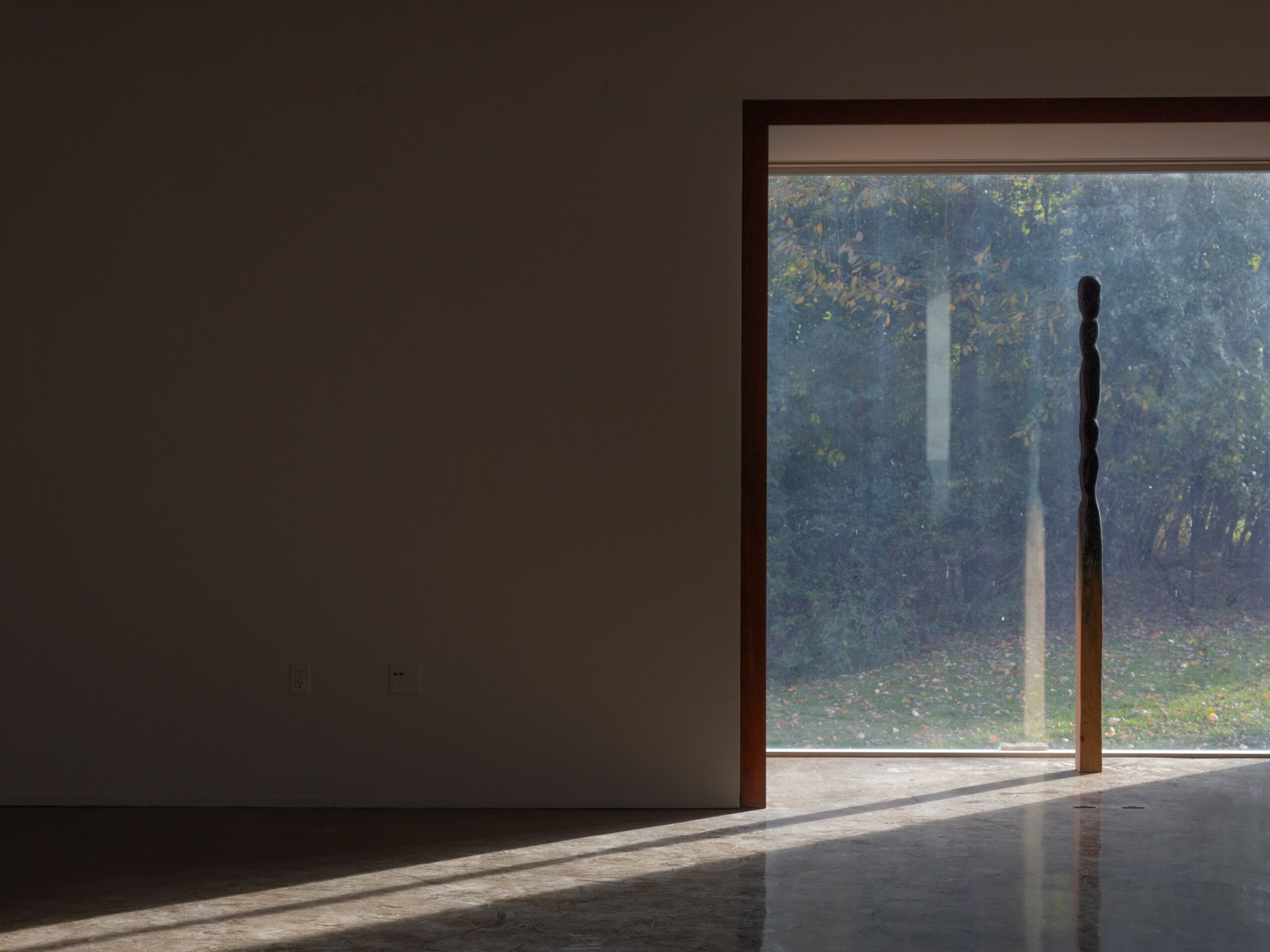
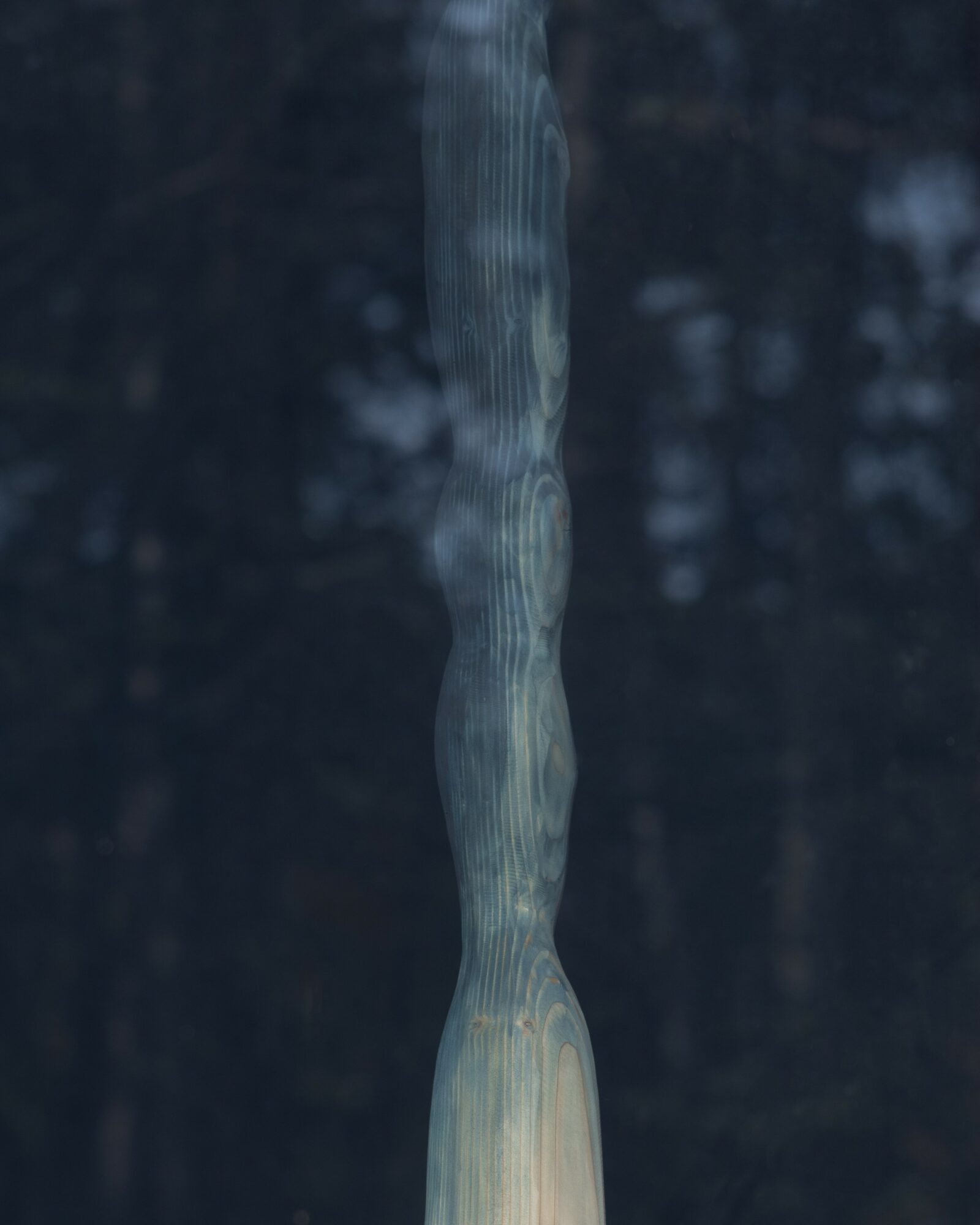
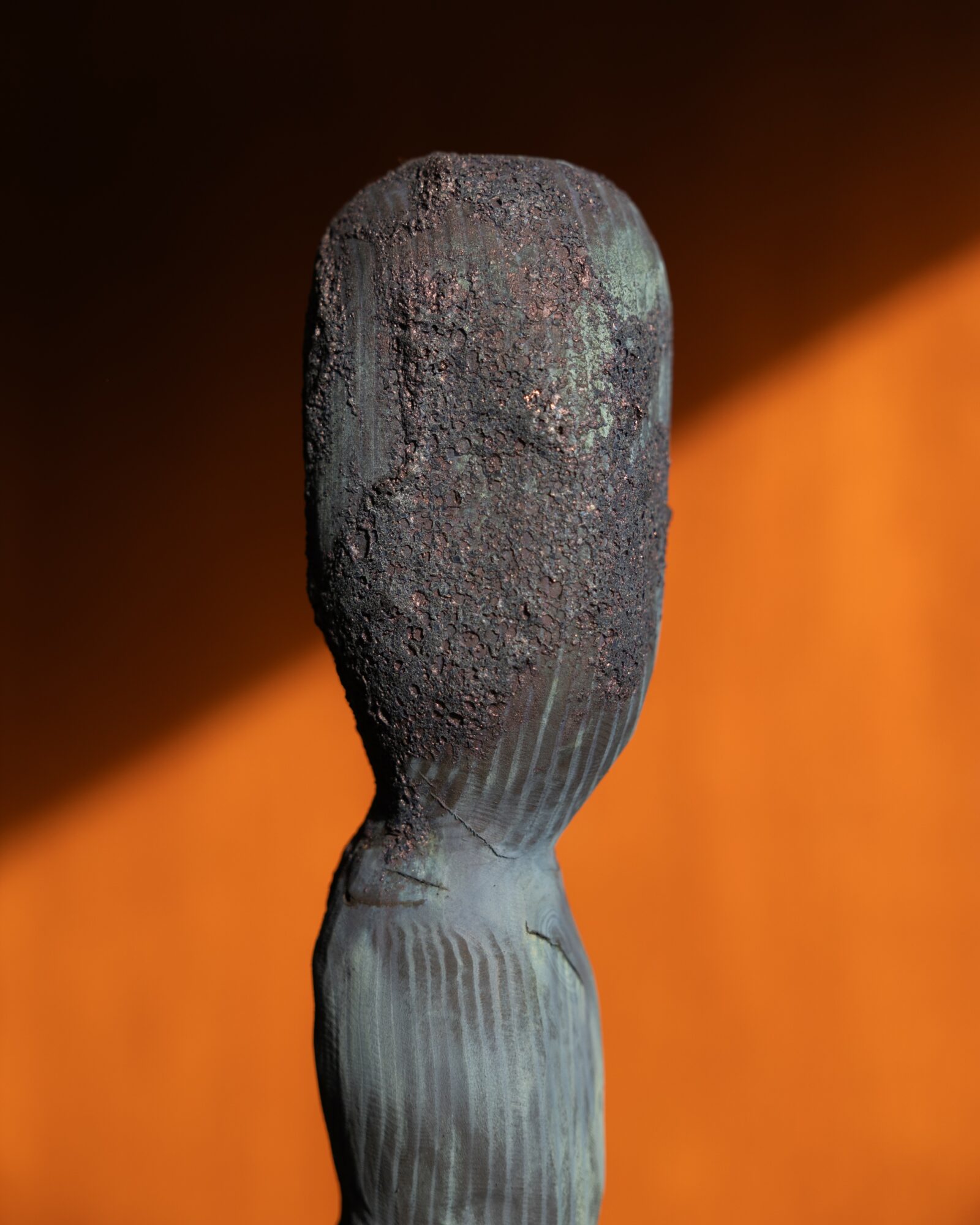
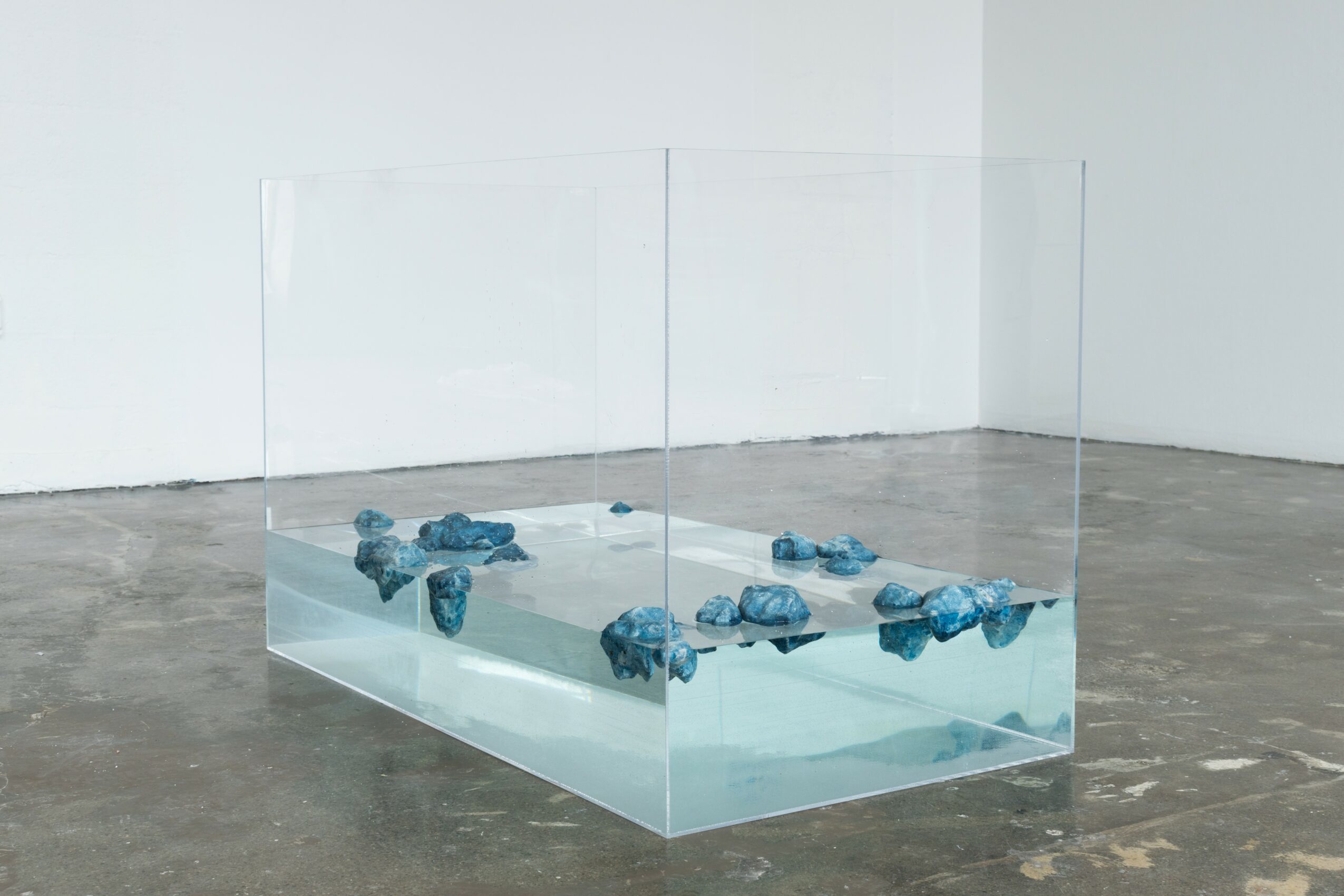
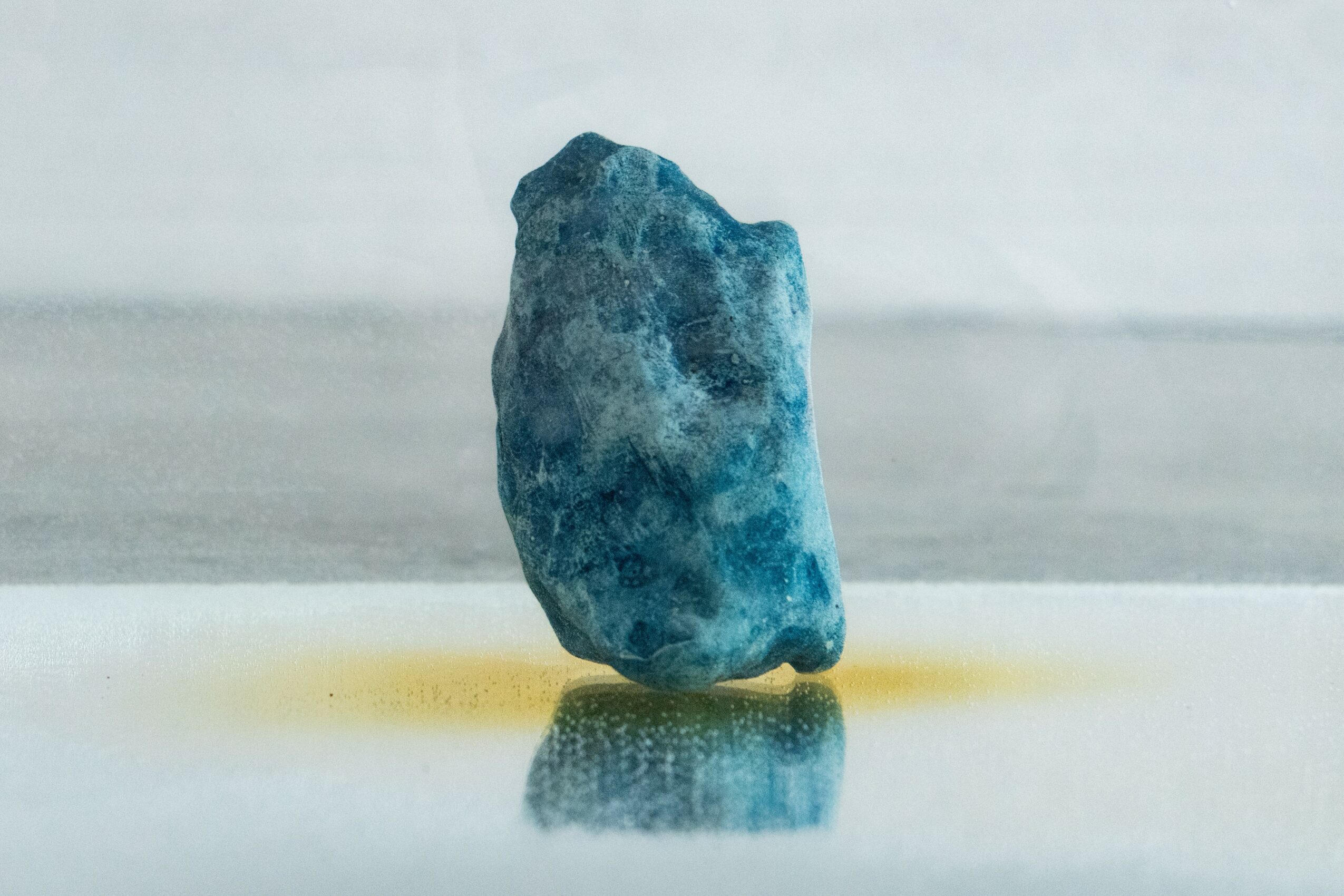
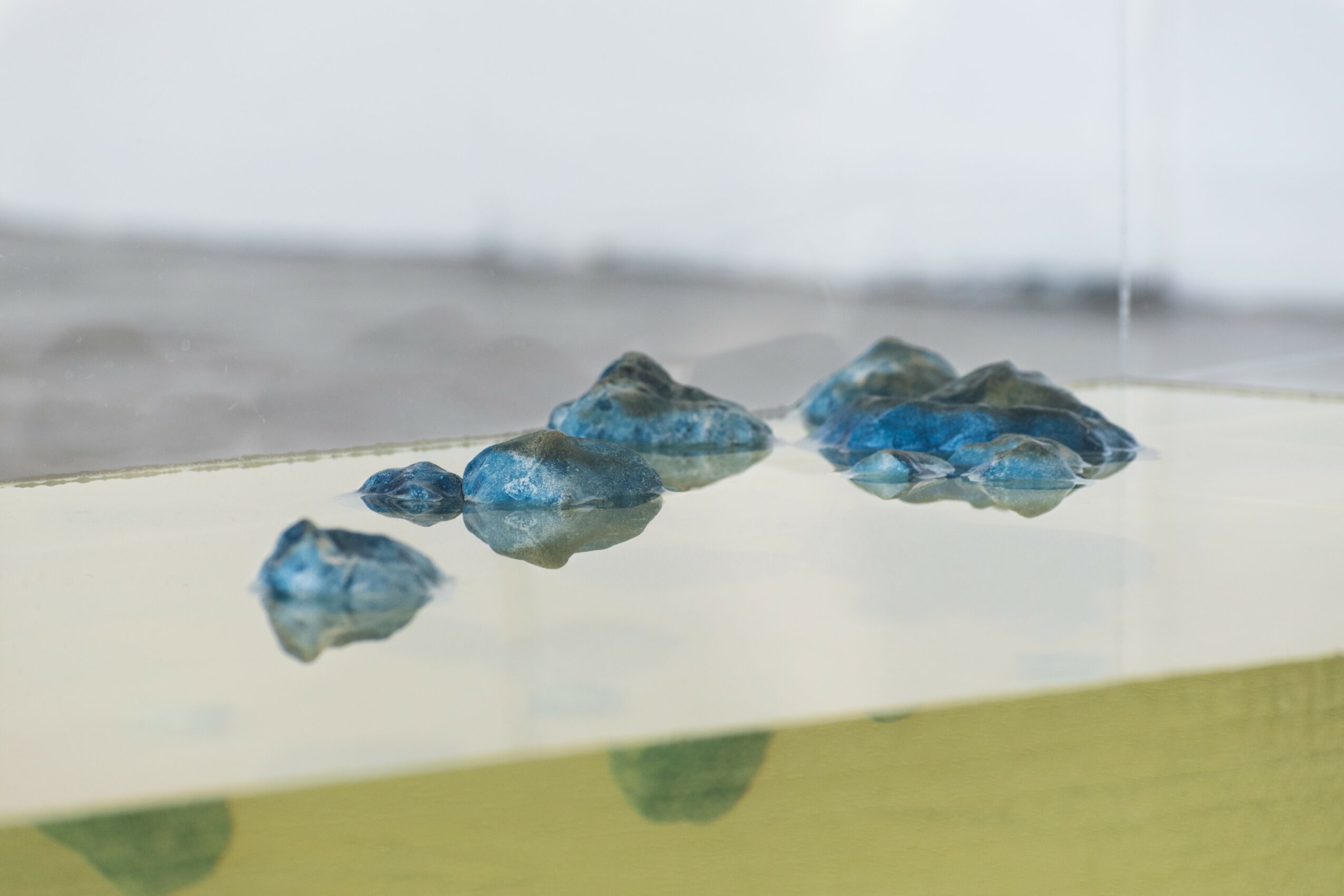
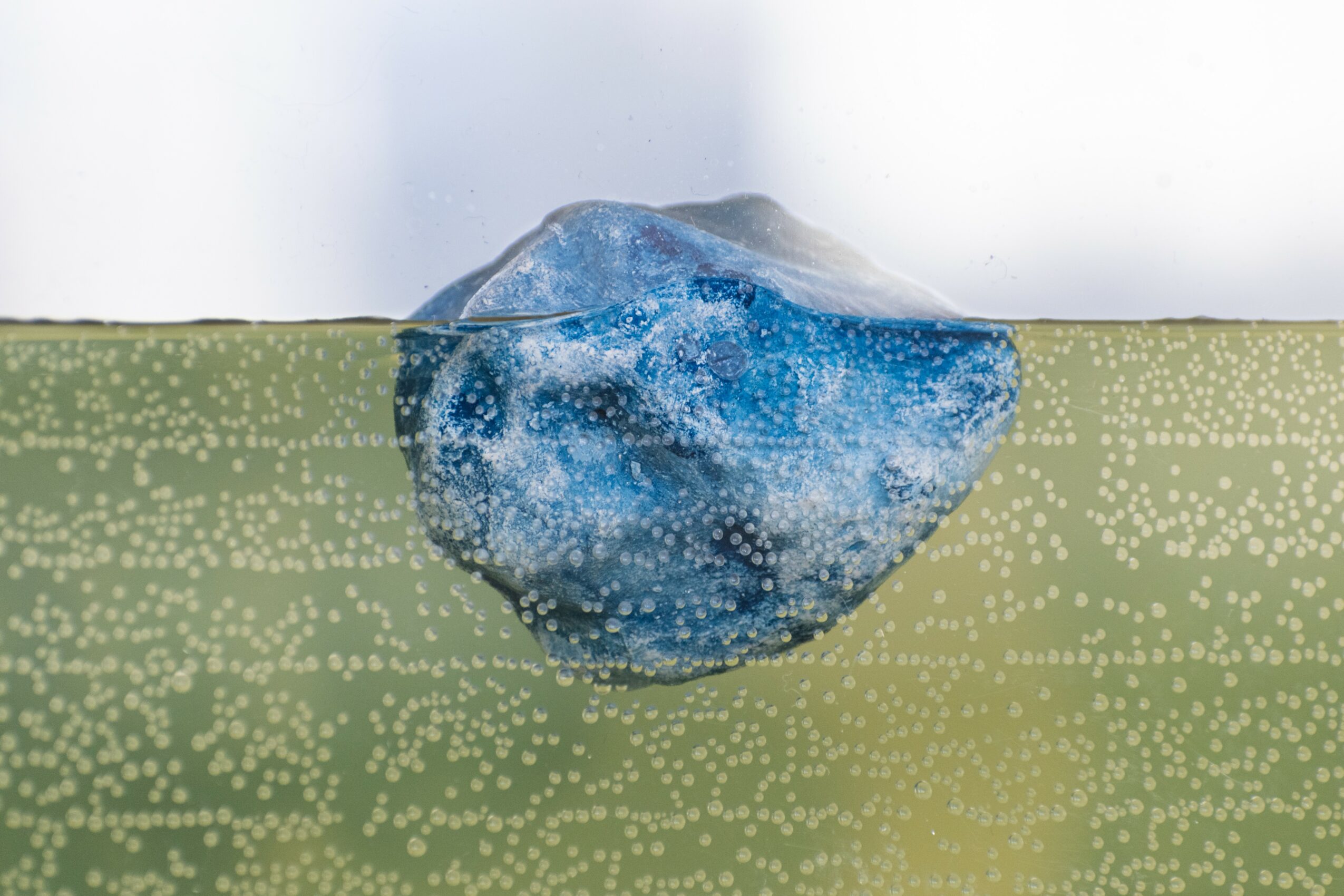
Image Credits
Daniel Ribar
Rachel Albee

